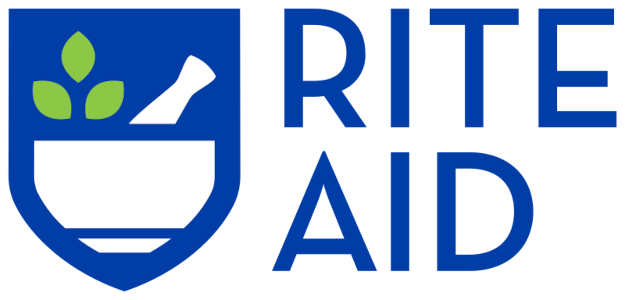Key Findings
- In 2018, Rite Aid launched a safer chemicals policy applying to several chemicals of high concern (CHCs) in its formulated private-label products, with a goal to eliminate the CHCs from those products by 2020. The company also expanded its BRSL and noted it was using that and a larger stewardship list for screening purposes. In 2019, the company told us it further expanded the policy to screen national-brand personal care and household cleaning products against its expanded BRSL and the larger stewardship list.
- In late 2020, the company reported 98% compliance with its elimination commitment of its smaller RSL applying to own-brand products as of the end of November 2020. Rite Aid staff also stated that the company would begin requiring suppliers of own-brand formulated products to disclose all generic ingredients starting in 2021 and by the end of 2023.
- In early 2021, the company released a strong BRSL for its own-brand food-contact materials. Notably, the RSL restricts PFAS as a class, all ortho-phthalates, bisphenols, heavy metals, perchlorate, benzophenone, and certain solvents. Rite Aid also plans to screen for toxic chemicals that may be found in beauty products marketed to women of color.
Recommendations for Rite Aid
- Rite Aid can make more progress by setting public quantifiable goals with clear timelines for reducing and eliminating all chemicals on its expanded RSL and on the six authoritative lists that make up the BPC stewardship list for both private-label and brand-name products and by prioritizing action on per- and polyfluoroalkyl substances (PFAS), toxic flame retardants, and all phthalates outside own-brand food-contact materials. The company should also develop a manufacturing restricted substance list (MRSL).
- The company should also eliminate plastics of environmental health concern (PEHCs) from its product and packaging materials and take swift action to eliminate and safely replace key chemicals of concern from the beauty products of environmental justice concern that it sells.
- Rite Aid can also improve by requiring suppliers to conduct alternatives assessments to avoid regrettable substitutions. We applaud the company for disclosing three of the alternative chemicals it has moved to in place of the chemicals on its “Evil 8” list, but the company should publicly disclose other replacements as well.
Grade History
How does Rite Aid compare to its competitors?
Analysis of Rite Aid
Oversight: Established management responsibilities and incentives
Disclosure: Requires suppliers to report use of chemicals in products to retailer
Action: Reduced or eliminated chemicals of high concern (CHCs) or plastics of environmental health concern (PEHCs) within the last three years
Safer Alternatives: Evaluates safer alternatives, avoids regrettable substitutes
Transparency: Demonstrates a commitment to transparency and public disclosure
Third-party Standards: Promotes credible third-party standards for safer products
Extra Credit:
Joint Announcement: Public commitment demonstrated through joint announcement
Continuous Improvement: Shows continuous improvement by steadily expanding safer chemicals policy
Collaboration: Actively participates in collaborative process to promote safer chemicals
Impact Investment: Investing financial resources into independent research into safer alternatives and/or green chemistry solutions


